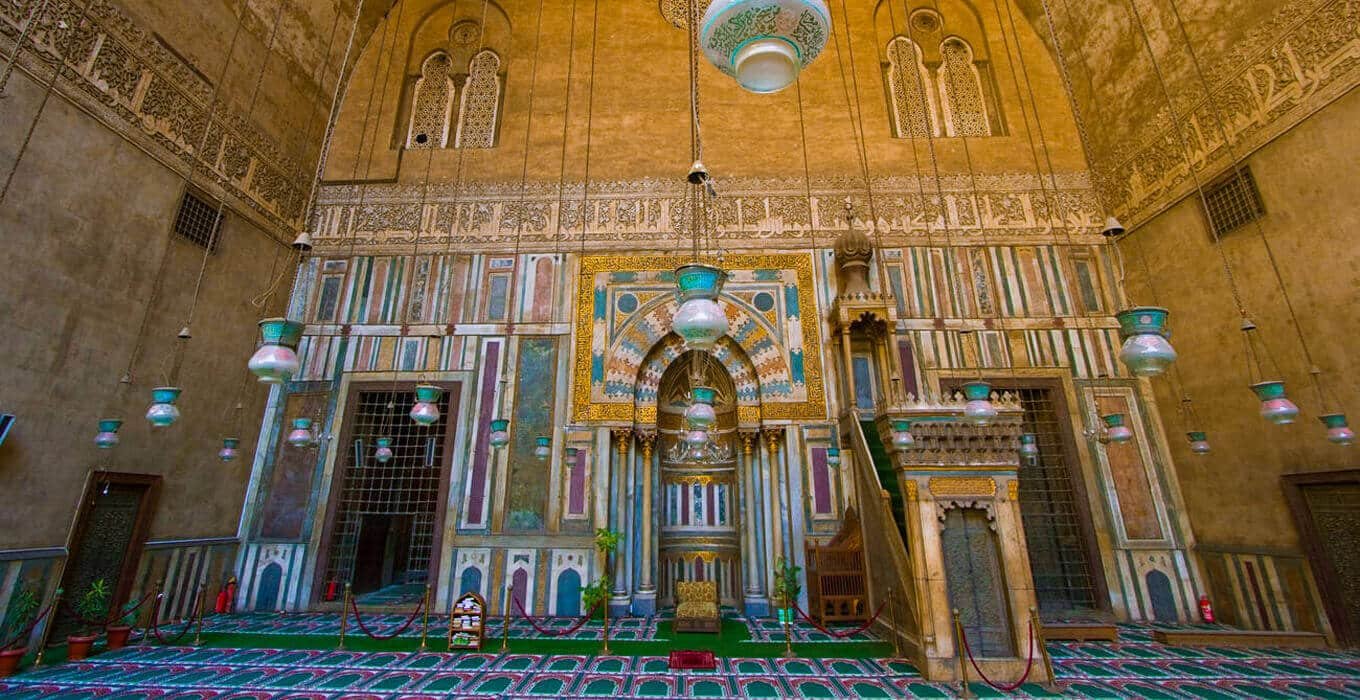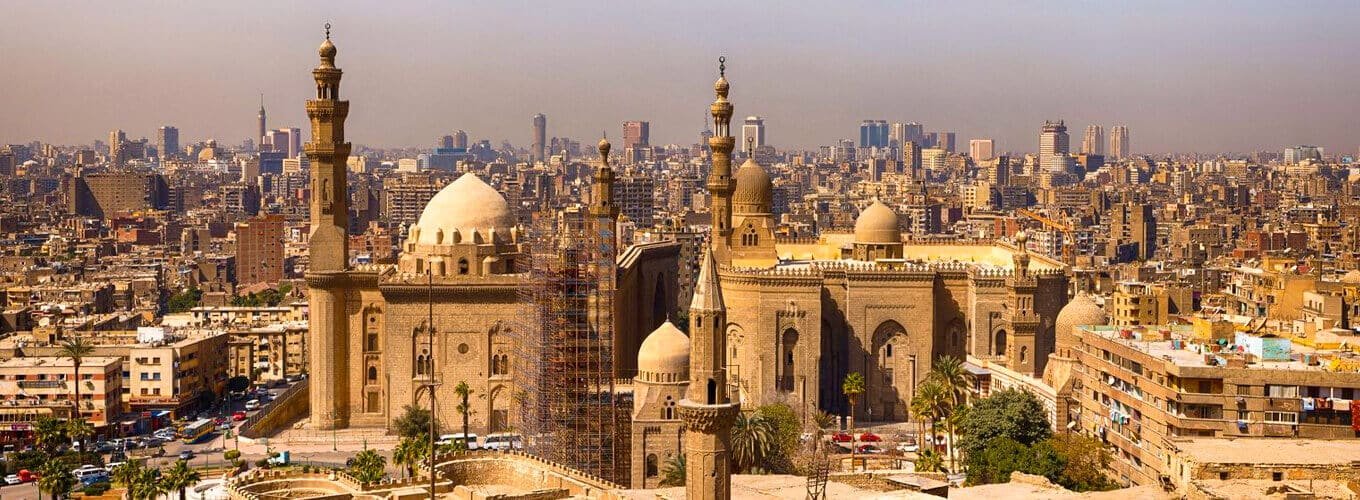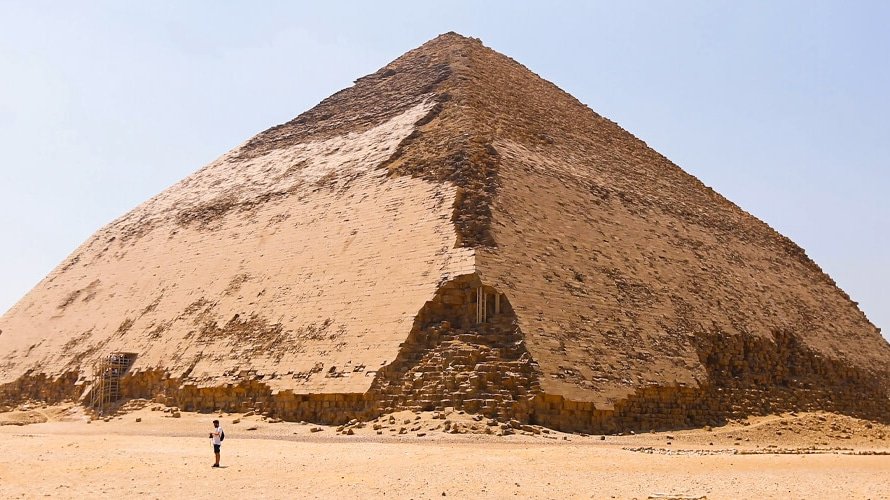Islamic Cairo, a captivating tapestry of history and architectural wonders, stands as a testament to the enduring legacy of Islamic civilizations. This UNESCO World Heritage Site invites you on a journey through time, where ancient mosques whisper stories of dynasties past, and bustling markets echo with the vibrant spirit of the present. From the grandeur of the Al-Azhar Mosque to the intricate details of hidden mausoleums, Islamic Cairo offers a glimpse into a world steeped in tradition and timeless beauty. Prepare to be enchanted as you wander the labyrinthine streets, discovering a treasure trove of cultural gems at every turn
Unraveling the History of Islamic Cairo
The Fatimid Foundation
Islamic Cairo’s story begins in 969 AD when the Fatimid dynasty, a powerful Shia Muslim caliphate, conquered Egypt and established a new capital city. They named it al-Qāhirah, meaning “The Victorious,” a name that would resonate through history. The Fatimids envisioned a grand city to rival Baghdad, and their legacy is still visible in the grand mosques and palaces that adorn Islamic Cairo.
Dynastic Influences
Over the centuries, Islamic Cairo flourished under various dynasties, each leaving its unique imprint on the city’s architectural and cultural landscape. The Ayyubids, led by the legendary Saladin, fortified the city with the imposing Citadel of Cairo. The Mamluks, renowned for their military might and artistic patronage, graced the city with breathtaking mosques, madrasas, and mausoleum complexes that still inspire awe today.
Center of Islamic Scholarship
In 972 AD, the Fatimids established Al-Azhar University, destined to become one of the world’s foremost centers of Islamic learning. For centuries, Al-Azhar has drawn students and scholars from across the Islamic world, shaping religious discourse and intellectual thought. Its legacy as a beacon of knowledge and tradition remains a vital part of Islamic Cairo’s identity.
Must-See Landmarks in Islamic Cairo

- Al-Azhar Mosque: A beacon of faith and scholarship, Al-Azhar Mosque holds a place of profound reverence in Islamic Cairo. Founded by the Fatimids, its elegant courtyards, intricate prayer halls, and multiple minarets create a sense of awe and tranquility. Beyond its religious significance, Al-Azhar Mosque continues to serve as a vital center of Islamic learning, attracting students and scholars from across the globe.
- Ibn Tulun Mosque: Famed for its distinctive spiral minaret, the Ibn Tulun Mosque is one of the oldest and largest mosques in Cairo. Its vast open courtyard, framed by graceful arches, evokes a sense of timeless serenity. Built in the 9th century, the intricate stucco carvings and geometric patterns throughout the mosque exemplify the artistic mastery of the Tulunid era.
- Muizz Street: Muizz Street, a UNESCO World Heritage Site, is the pulsating heart of Islamic Cairo. This historic thoroughfare is lined with architectural wonders from various Islamic dynasties—mosques, madrasas, and ornate sabil-kuttabs (public water fountains). Strolling down Muizz Street is a journey through time, with the air filled with the calls to prayer, the aroma of spices, and the vibrant energy of everyday life.
- Khan el-Khalili Bazaar: A labyrinth of narrow alleyways and bustling shops, Khan el-Khalili bazaar is a feast for the senses. This centuries-old market offers a dazzling array of goods, from handcrafted copperware and silver jewelry to aromatic spices and colorful fabrics. The sights, sounds, and smells of Khan el-Khalili offer a captivating glimpse into Cairo’s commercial traditions.
- The Citadel of Cairo: Built by Saladin in the 12th century, the imposing Citadel of Cairo stands sentinel over the city. This fortified complex offers breathtaking panoramic views of Cairo, stretching from the ancient mosques to the distant pyramids of Giza. Within its walls, the Citadel houses the majestic Muhammad Ali Mosque, its Ottoman-inspired silhouette an iconic landmark on the Cairo skyline.
Hidden Treasures of Islamic Cairo
- Madrasas and Mausoleums: Beyond the grand mosques, Islamic Cairo holds a wealth of hidden architectural marvels. Venture off the beaten path to discover exquisite madrasas (Islamic schools) adorned with intricate tilework, calligraphy, and geometric patterns. Seek out the lesser-known mausoleums where sultans and nobles of bygone eras found their final resting places, their tombs adorned with elaborate carvings and colorful stained glass.
- Sultan Hassan Mosque & Madrasa: The Sultan Hassan Mosque and Madrasa complex stands as a masterpiece of Mamluk architecture. Its towering portal, soaring minarets, and vast courtyard evoke a sense of grandeur. This 14th-century complex was not only a place of worship but also a center of learning, with separate madrasas for each of the four major schools of Sunni Islamic jurisprudence.
- Wekalet El Ghouri: Step back in time at Wekalet El Ghouri, a beautifully restored caravanserai dating back to the Mamluk era. This former merchant’s inn now houses a vibrant cultural center, where you can witness traditional Sufi whirling dervish performances (‘tanoura’) amidst its historic courtyard. Explore the artisans’ workshops, where traditional crafts like tentmaking and copperwork are kept alive.
- Bab Zuweila: One of the last remaining gates from Fatimid Cairo, Bab Zuweila marks the southern entrance to the historic walled city. Its imposing twin towers and fortified archway offer a glimpse into Cairo’s medieval defenses. The unique vantage point from its towers allows for stunning views over the rooftops of Islamic Cairo.
Tips for Exploring Islamic Cairo
- Guided Tours: To fully appreciate the rich history and architectural intricacies of Islamic Cairo, consider joining a guided tour. Knowledgeable guides offer invaluable historical context, reveal hidden details, and help you navigate the labyrinthine streets with ease. Look for tours led by locals or historians for an authentic and in-depth perspective.
- Respectful Attire: When visiting mosques and other religious sites in Islamic Cairo, it’s important to dress respectfully. Both men and women should cover their shoulders and knees. Women are typically required to cover their hair with a headscarf, which is often provided at mosque entrances. Comfortable shoes are a must, as you’ll need to remove them before entering mosques.
- Bargaining in the Bazaar: Bargaining is an integral part of the shopping experience at Khan el-Khalili. Start by offering about half the initial asking price, and negotiate with a smile and a friendly demeanor. Remember, bargaining should be lighthearted and enjoyable for both buyer and seller. If you’re genuinely interested in an item, don’t be afraid to walk away – the seller might call you back with a better offer.
- Local Cuisine: Immerse yourself in the flavors of Egypt by sampling the traditional cuisine in Islamic Cairo. Seek out koshari, a hearty dish of rice, lentils, macaroni, and chickpeas topped with a spicy tomato sauce. Indulge in savory hawawshi, a meat-stuffed pita bread, or try the sweet treat of konafa, a shredded pastry filled with cream or nuts. Small restaurants and street vendors around Islamic Cairo offer delicious and authentic fare at affordable prices.

FAQs
Is Islamic Cairo safe for tourists?
Yes, Islamic Cairo is generally safe for tourists. As with any major city, it’s wise to be aware of your surroundings and take precautions against petty theft, especially in crowded areas like Khan el-Khalili. Exercise common sense, avoid isolated areas at night, and consider using reputable tour companies or hiring a guide for added peace of mind.
What is the best time of year to visit Islamic Cairo?
The best time to visit Islamic Cairo is during the cooler months from October to April when temperatures are pleasant. Avoid the peak summer months (June to August) when the heat can be intense, making sightseeing more challenging.
How much time do I need to explore Islamic Cairo?
To fully appreciate the major highlights of Islamic Cairo, allocate at least two full days. This will allow you enough time to visit the key mosques, explore Khan el-Khalili, and perhaps take a guided tour to delve deeper into the area’s history. If you wish to explore the hidden gems and experience Islamic Cairo at a more leisurely pace, three to four days would be ideal.
Are there any guided tours specifically for Islamic Cairo?
Yes, there are many excellent guided tours dedicated to exploring Islamic Cairo. You’ll find options ranging from half-day walking tours to multi-day itineraries covering Islamic Cairo and other historic sites in Egypt. Look for reputable tour companies with knowledgeable guides specializing in Islamic history and architecture.
Can I take photographs inside the mosques?
Photography policies vary between mosques. In some mosques, photography is allowed in the courtyards but prohibited inside the prayer halls. Others may permit photography for a small fee or with special permission. Always be respectful and ask before taking photos, especially if people are praying.
Conclusion
Islamic Cairo is a treasure trove of history, a testament to the enduring power of faith, and a vibrant tapestry of culture that continues to evolve. From the grandeur of its mosques to the intricate details of its hidden gems, it’s a place that whispers stories of the past while embracing the energy of the present. Whether you’re drawn to its historical richness, its stunning architecture, or the warmth of its people, Islamic Cairo offers an unforgettable journey of discovery.
Don’t just read about this captivating corner of the world – experience it for yourself. Lose yourself in the maze of Muizz Street, savor the flavors of Egyptian cuisine, and marvel at the architectural wonders that have stood the test of time. Islamic Cairo awaits, ready to enchant and inspire all who venture within its ancient walls.
Related Article to Read:







